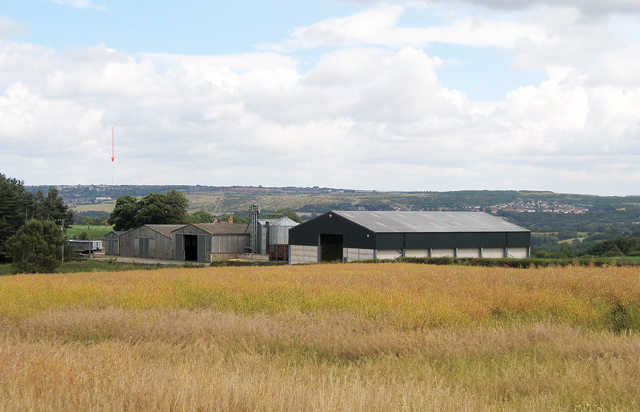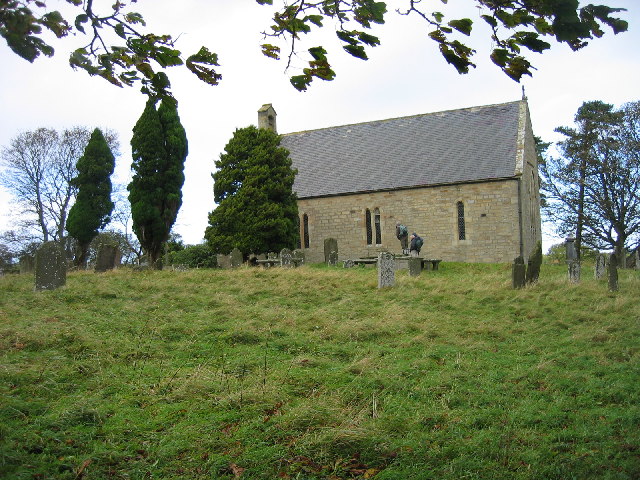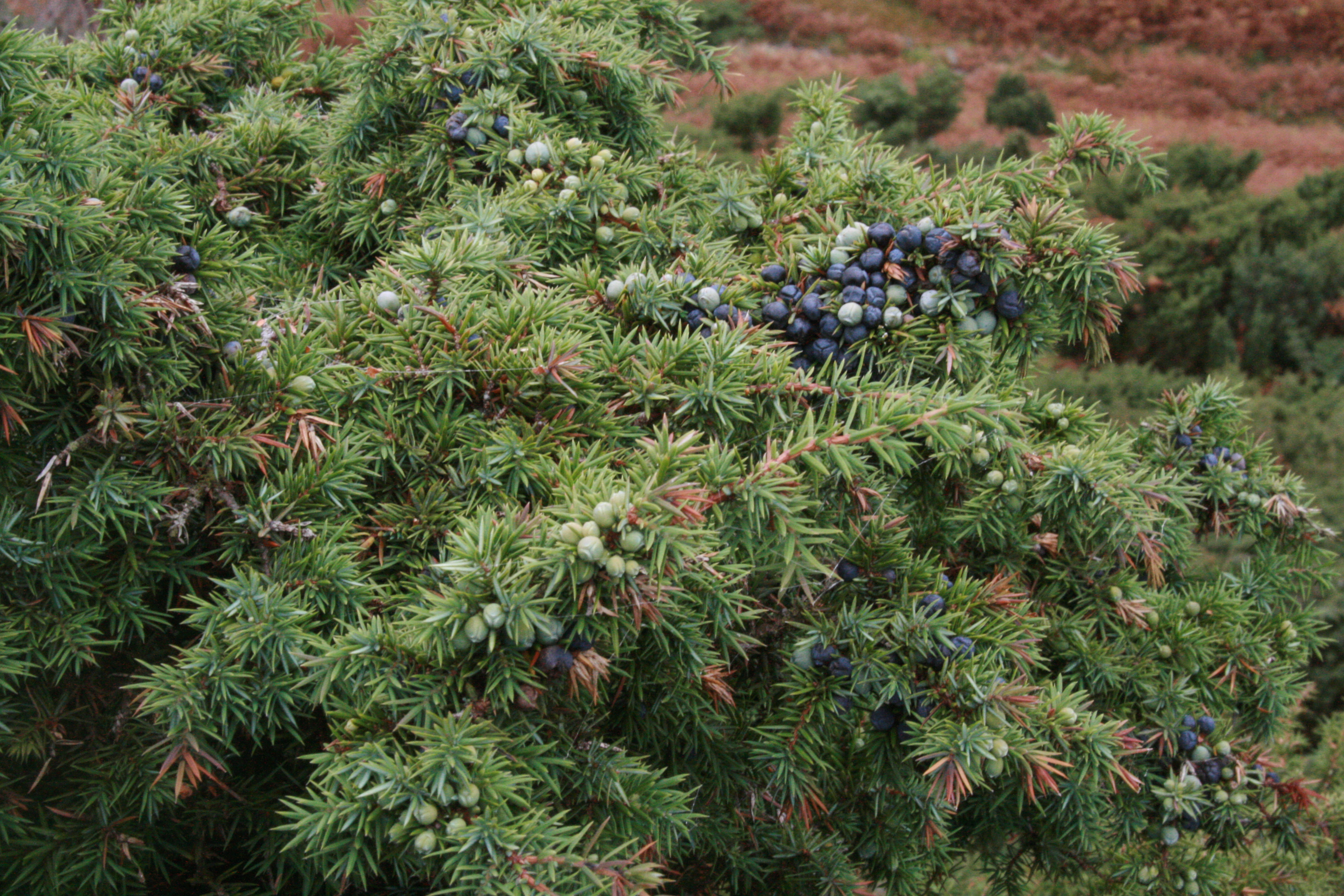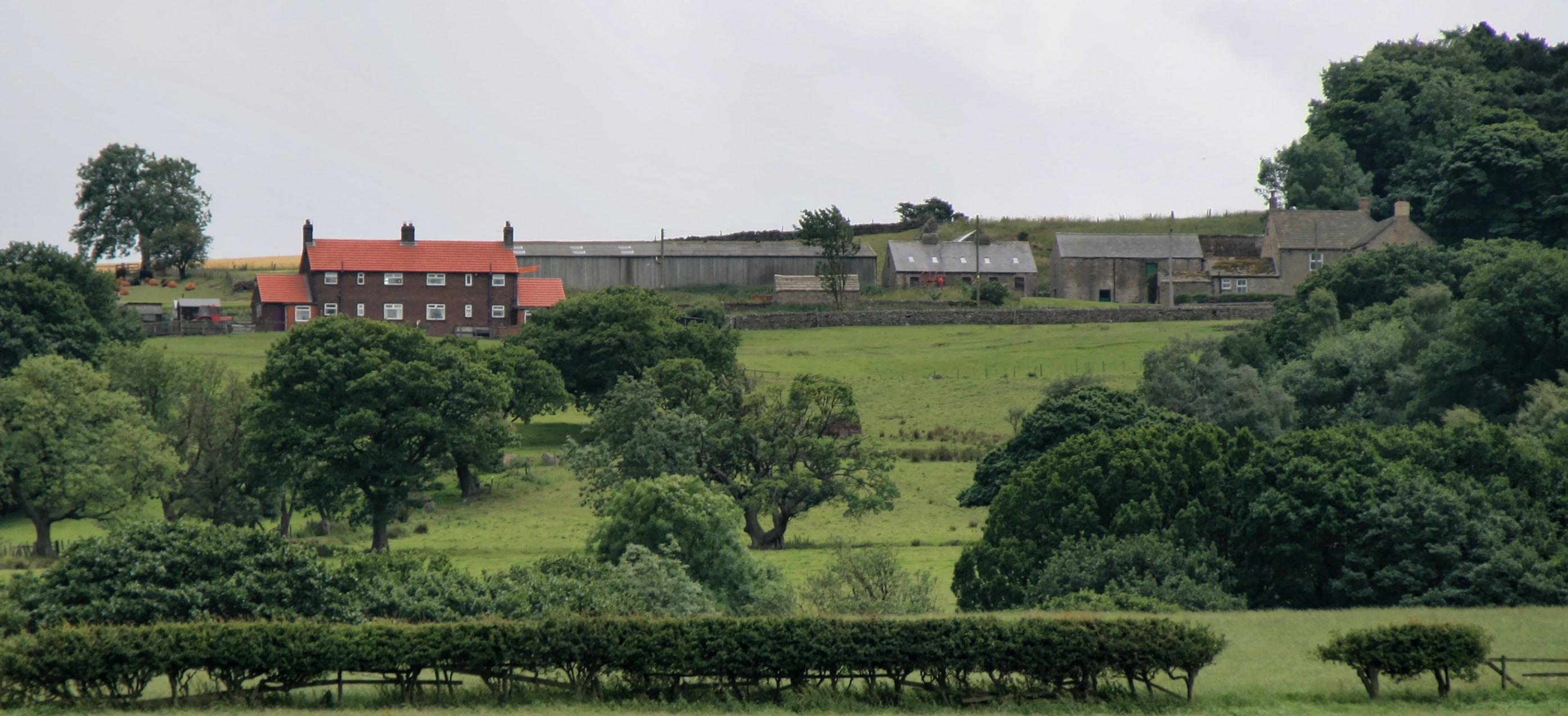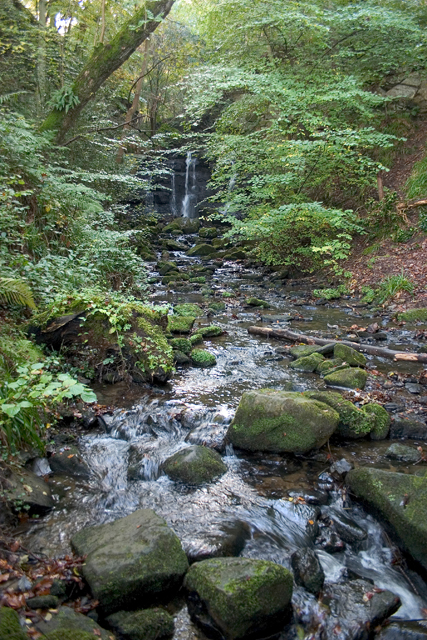Graham's Flat
Wood, Forest in Durham
England
Graham's Flat

Graham's Flat, located in Durham, is a charming residential area nestled amidst a picturesque woodland setting. Situated within a tranquil forest, it offers residents a serene and idyllic lifestyle away from the hustle and bustle of city life. The neighborhood is named after the prominent Graham family, who were early settlers in the region and played a significant role in its development.
The properties in Graham's Flat are predominantly detached houses, with a few semi-detached and terraced houses scattered throughout. The architecture of the homes reflects a blend of traditional and contemporary designs, harmoniously blending with the natural surroundings. Many of the properties boast generous gardens, perfect for those who appreciate outdoor living and nature.
The woodland surrounding Graham's Flat is a haven for nature enthusiasts and outdoor adventurers. Residents can enjoy leisurely walks, cycling, or picnicking in the forest, immersing themselves in the beauty of the natural landscape. The area is rich in flora and fauna, with an abundance of wildlife, making it a popular spot for birdwatching and nature photography.
Despite its secluded location, Graham's Flat benefits from its proximity to local amenities. The nearby town of Durham offers a range of shops, supermarkets, schools, and healthcare facilities, ensuring that residents have convenient access to essential services. Additionally, the area benefits from excellent transport links, with regular bus services and easy access to major road networks, making commuting to nearby cities and towns hassle-free.
Overall, Graham's Flat in Durham provides a peaceful and scenic place to call home, offering a harmonious blend of natural beauty and convenient living.
If you have any feedback on the listing, please let us know in the comments section below.
Graham's Flat Images
Images are sourced within 2km of 54.835996/-1.9191356 or Grid Reference NZ0549. Thanks to Geograph Open Source API. All images are credited.

![Muggleswick All Saints Church The Church is a plain stone structure, which was rebuilt about the year 1728, on the site of the former church, whose materials were chiefly used in the construction of the present edifice. The parish register commences in 1730. The living is a perpetual curacy, a peculiar of the dean and chapter of Durham, and pays no first fruits or tenths. The parish is free of tithes, except a portion of Cold Rowley and Muggleswick, which produces about £34 per annum: the remainder of the income of the living is derived from farm-rents in the parish. Patrons, the dean and chapter; incumbent, the Rev. Cundhill. [Whellan's History, Topography and Directory of Durham (and Newcastle) (1856), page 905.]](https://s3.geograph.org.uk/photos/10/74/107479_265ece02.jpg)
Graham's Flat is located at Grid Ref: NZ0549 (Lat: 54.835996, Lng: -1.9191356)
Unitary Authority: County Durham
Police Authority: Durham
What 3 Words
///give.gilding.mixture. Near Muggleswick, Co. Durham
Nearby Locations
Related Wikis
Derwent Gorge and Horsleyhope Ravine
Derwent Gorge and Horsleyhope Ravine is a Site of Special Scientific Interest in the Derwentside district of north County Durham and the Tynedale district...
Muggleswick
Muggleswick is a village and civil parish in County Durham, England. It is situated a few miles to the west of Consett. the population was 130 at the 2001...
Hisehope Burn Valley
Hisehope Burn Valley is a Site of Special Scientific Interest in the Derwentside district of Durham, England. It consists of two separate parcels of land...
Healeyfield
Healeyfield is a village and civil parish in County Durham, England. The population of the civil parish taken from the 2011 census was 1,544. It is situated...
Carterway Heads
Carterway Heads is a hamlet in Northumberland, England. It is situated between Consett and the Derwent Reservoir, at the intersection of the A68 and B6278...
Castleside
Castleside is a village in County Durham, England. It is situated a short distance to the south-west of Consett. Castleside is covered by the civil parish...
Horsleyhope
Horsleyhope is a village in County Durham, England. It is situated a few miles to the south-west of Consett. == References ==
Allensford
Allensford is a small country park and hamlet in County Durham, in England. It is on the River Derwent, about 2 miles SW of Consett, and 1 mile north...
Related Videos
"Smiddy Shaw Reservoir / Stoterly Hill / Hisehope Reservoir loop" Episode 3 (2023)
9.10.23 Today we did a 9 mile walk around Muggleswick Common (North Pennines) We visited two reservoirs-Smiddy Shaw, ...
Sun Estates, Quarry House, Saipem Hills, Sample Villas, Candolim, North Goa
Call / Whatsapp Arun @ +919560214267.
Muggleswick nr Edmondbyers - 3 Curricks - 20-05-18 - vid 3/3 - .mov
The 3 Curricks (cairns) on Moorland at Muggleswick, nr Edmondbyers and Consett Video by Neil Wilson (Jet Stream) in .mov ...
Muggleswick nr Edmondbyers - 3 Curricks - 20-05-18 - vid 1/3 - .mov
The 3 Curricks (cairns) on Moorland at Muggleswick, nr Edmondbyers. Video by Neil Wilson (Jet Stream) in .mov (movie format) ...
Nearby Amenities
Located within 500m of 54.835996,-1.9191356Have you been to Graham's Flat?
Leave your review of Graham's Flat below (or comments, questions and feedback).


